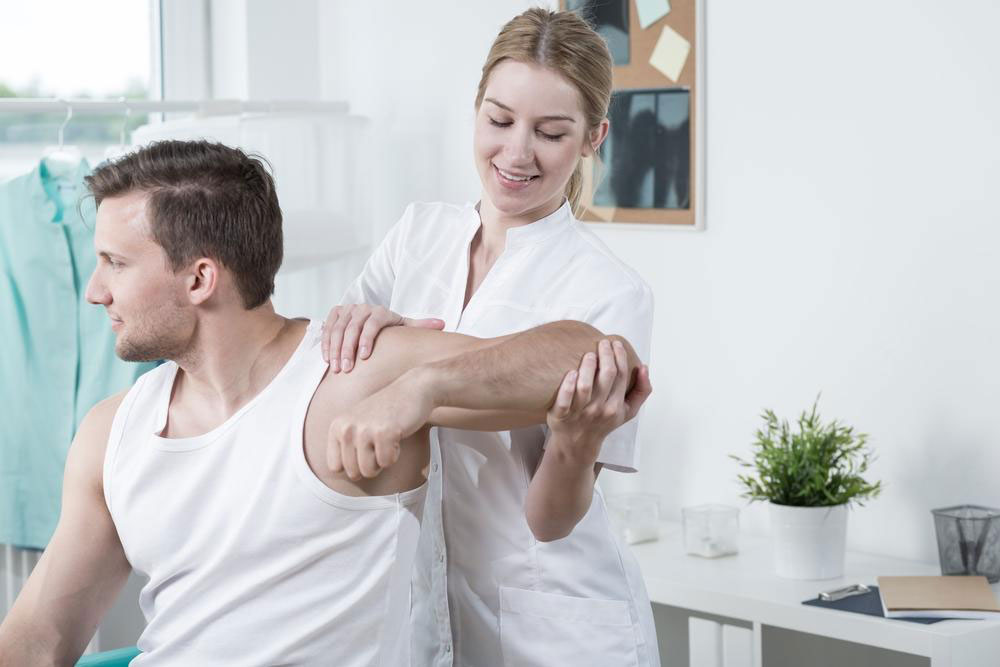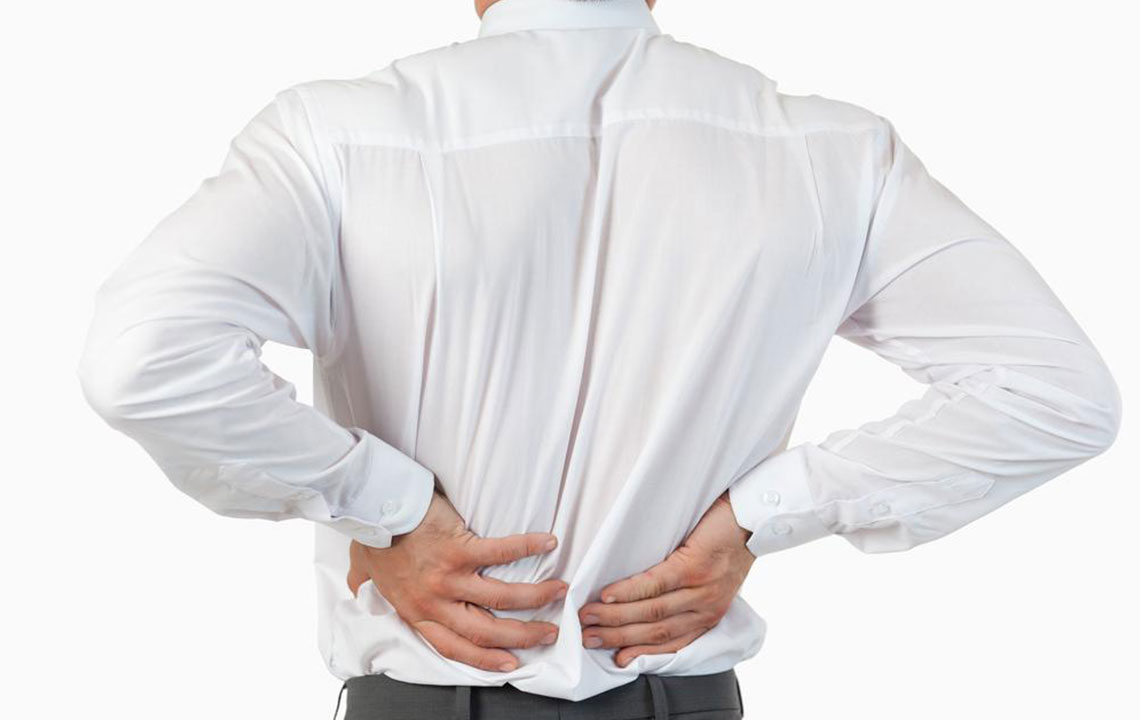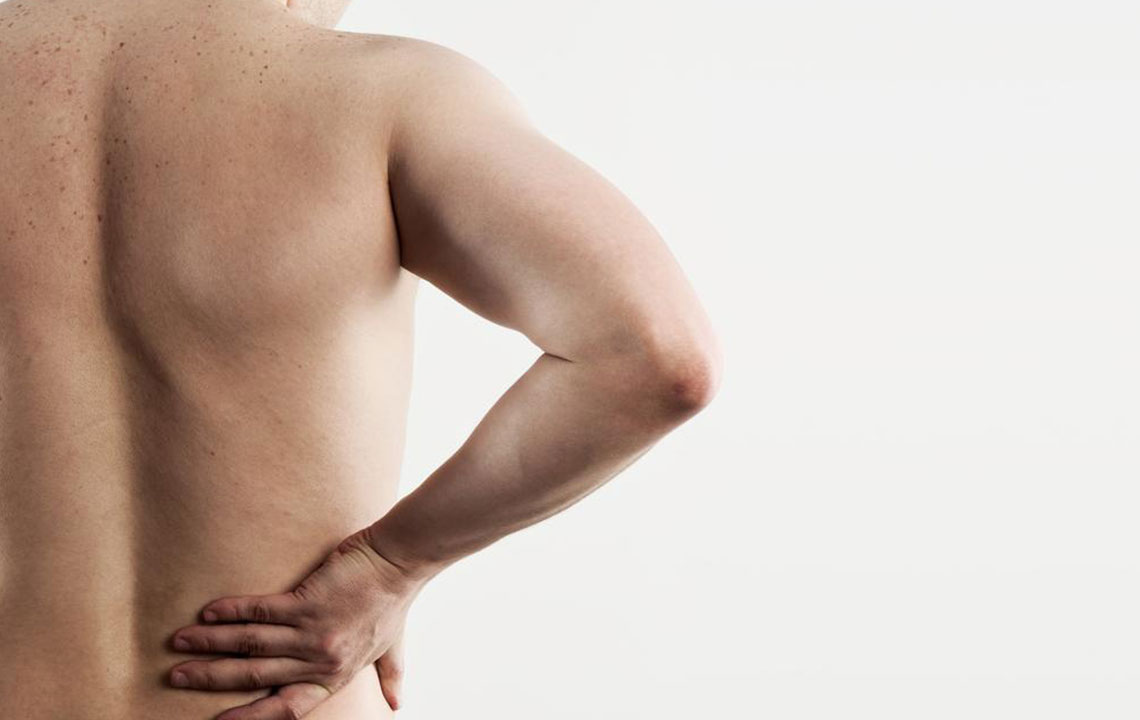Comprehensive Home Care Strategies and Effective Management Approaches for Scoliosis
This article provides an in-depth guide on managing scoliosis at home, covering treatment options, physical exercises, posture tips, and supportive care strategies. Emphasizing early diagnosis and personalized approaches, it helps patients prevent progression, relieve discomfort, and improve spinal health through practical advice and medical insights.

Comprehensive Home Care Strategies and Effective Management Approaches for Scoliosis
Scoliosis is a complex spinal condition characterized by an abnormal lateral curvature of the spine. While a healthy spine appears straight when viewed from the front, with gentle natural curves when seen from the side, when scoliosis develops, the spine curves sideways into a pronounced C or S shape, often accompanied by torsion or twisting of the vertebrae. This curvature can vary significantly in severity, from mild to severe, and can impact an individual's posture, mobility, and overall quality of life. Recognizing the importance of early diagnosis and tailored management plans is crucial for preventing progression and reducing symptoms.
Effective treatment of scoliosis involves a multifaceted approach, including medical interventions, physical therapy, and lifestyle adjustments. The goal is to correct or stabilize the spinal curve, prevent worsening, and alleviate discomfort. The choice of treatment depends largely on several factors such as the age at diagnosis, the degree of spinal curvature, progression risk, and the presence of any underlying conditions.
Available Treatment Options for Scoliosis
Surgical Interventions
When scoliosis is severe or rapidly progressing, surgical procedures such as spinal fusion may be recommended. These surgeries aim to reduce the spinal curvature, stabilize the vertebrae, and prevent further deformity. While surgical intervention is generally effective in correcting significant curves, it involves risks and a recovery period that requires careful postoperative care.
Non-surgical Management
For mild to moderate cases, non-invasive approaches like regular monitoring, physical therapy, and the use of braces are often effective. Monitoring allows healthcare providers to track the progression of the curve over time, ensuring timely intervention if necessary. Targeted exercises enhance muscle support around the spine and help maintain flexibility.
Brace Therapy
Braces serve as a key tool for preventing curve progression, especially in growing children and adolescents. They work by applying gentle corrective pressure to guide spinal growth and alignment. The type and duration of brace wear vary based on individual needs and the severity of scoliosis.
Types of Braces Used in Scoliosis Treatment
Full-time Bracing
Designed to be worn approximately 16-23 hours daily, these braces are intended to control the progression of spinal curvature throughout the day, with removal only during bathing and specific activities.
Night-time Bracing
Customized for overnight wear, these braces apply corrective forces during sleep, helping to realign the spine over time without significantly impacting daily activities.
Rehabilitation Exercises and Physical Therapy
Engaging in specific physical therapy exercises tailored for scoliosis is vital for managing the condition effectively. These exercises focus on gentle stretching, strengthening postural muscles, and improving flexibility. Regular practice under the guidance of a physiotherapist can significantly alleviate discomfort, improve spinal support, and reduce the likelihood of curve progression. Techniques such as Schroth therapy, physioball exercises, and core strengthening are often recommended.
Early diagnosis and individualized treatment plans are critical in achieving optimal outcomes. Advances in non-invasive therapies and personalized exercise programs have empowered many patients to manage scoliosis effectively while maintaining a good quality of life.
Understanding Different Types of Scoliosis
Functional Scoliosis
This form of scoliosis results from issues outside the spine, such as leg length discrepancies, muscle imbalances, or postural problems. Corrective measures address the primary cause— for instance, using shoe lifts or physiotherapy— which can prevent the secondary spinal curve from worsening. Functional scoliosis is reversible once the underlying issue is resolved.
Neuromuscular Scoliosis
Usually more severe, this type is associated with neurological or muscular conditions such as cerebral palsy or muscular dystrophy. These cases often require a combination of bracing and surgical stabilization to prevent progressive deformity.
Idiopathic Scoliosis
The most common form, idiopathic scoliosis, generally affects children and adolescents with no identifiable cause. Many cases remain mild and may improve naturally over time, but some can progress to significant deformity. Regular monitoring is essential for early detection of deterioration, and treatment options include bracing and surgery if necessary.
While scoliosis may not always cause back pain directly, some individuals experience discomfort, stiffness, or muscle fatigue. These symptoms often respond well to supervised physiotherapy, massages, and gentle stretching exercises that focus on relieving tension and strengthening the back muscles. Pain relief medications can help manage discomfort temporarily but do not influence the curvature itself.
Home Care Tips for Managing Scoliosis Effectively
Maintain Proper Posture During Daily Activities
Consistently practicing good posture—such as sitting upright with shoulders relaxed, back straight, and feet flat on the floor—can significantly reduce strain on the spine. Ergonomic adjustments at work or study stations, including supportive chairs and proper desk height, promote spinal health and prevent further curvature or discomfort.
Incorporate Massage Therapy for Relief
Routine massages can loosen tight muscles, improve blood circulation, and reduce stiffness in the back. Although massages do not correct scoliosis, they offer temporary relief from muscle tension and contribute to overall comfort and well-being.
Use Heat Therapy to Ease Muscle Tension
Warm compresses, heating pads, or warm baths can relax tense muscles, facilitate blood flow, and reduce pain. Incorporating heat therapy into daily routines can effectively alleviate discomfort associated with muscle spasms or stiffness.
Invest in Supportive Furniture
Choosing ergonomic chairs, mattresses, and pillows designed to support spinal alignment is essential. Proper furniture helps maintain good posture and prevents the development of pain or worsening curvature over time.
Alongside these practical tips, engaging in gentle exercises like arm raises, leg lifts, abdominal core strengthening, and stretching routines can further improve spinal stability and reduce pain. Consistency is key, and consulting healthcare professionals for personalized advice can enhance treatment effectiveness.
In conclusion, managing scoliosis requires a comprehensive approach that combines medical treatment, physical therapy, and lifestyle modifications. Early intervention and tailored home care strategies significantly contribute to improved quality of life, reduced symptoms, and slowed disease progression.





